Artificial Intelligence in Healthcare Current Trends
Artificial Intelligence in Healthcare
Dr. Amit Ray, explains how artificial intelligence is changing the landscape of healthcare and modern personalized precision medicine. He also explains the current trends, scopes and concerns of AI in healthcare. Artificial intelligence (AI) quickly became an exponential technology and revolutionizing every aspect of life. The core of artificial intelligence is the ability to learn from data and the ability to adapt in changing situation and environment with high precision, accuracy and speed.
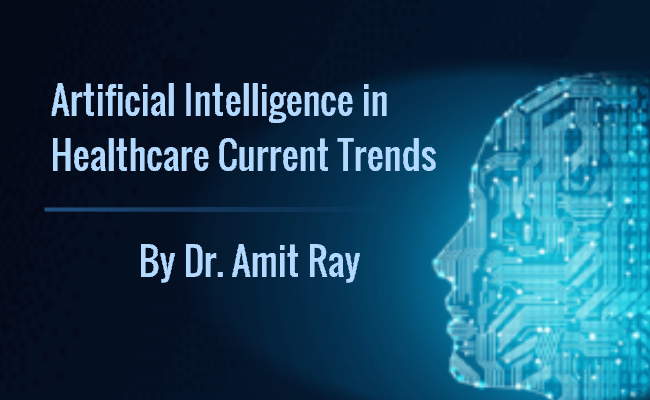
With the increasing availability of healthcare data and rapid progress of machine learning algorithms and analysis techniques AI is gradually enabling doctors for better diagnosis, disease surveillance, facilitating early detection, uncovering novel treatments, and creating an era of truly personalized medicine. Artificial intelligence in healthcare is going play a significant role in solving the issues like drug-interaction, false alarms, over-diagnosis, over-treatment.
There is also growing concern about how tech giants are making profit by selling personal data, including medical information. However, AI with new technologies of IoT and Blockchain has tremendous scope for better medical treatment with data security. Earlier I discussed nine key challenges of Artificial Intelligence in healthcare.
What is Artificial Intelligence?
Artificial intelligence is defined as the branch of science and technology that concerned with the study of software and hardware to provide machines the ability to learn insights from data and environment, and the ability to adapt in changing situation with high precision, accuracy and speed.… Read more..
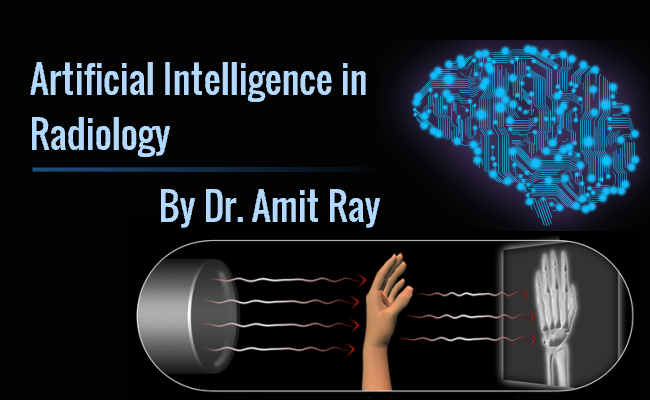
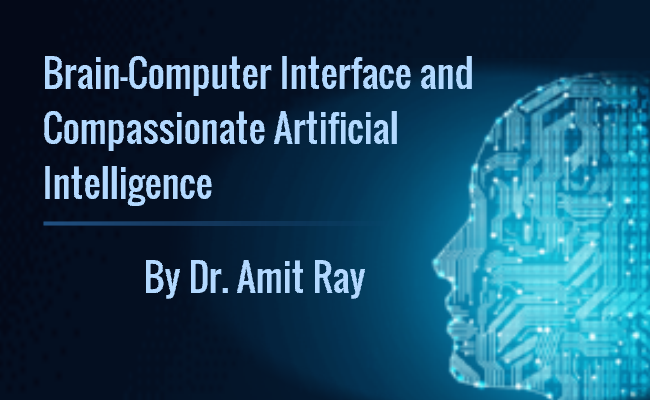

 Training of complex
Training of complex 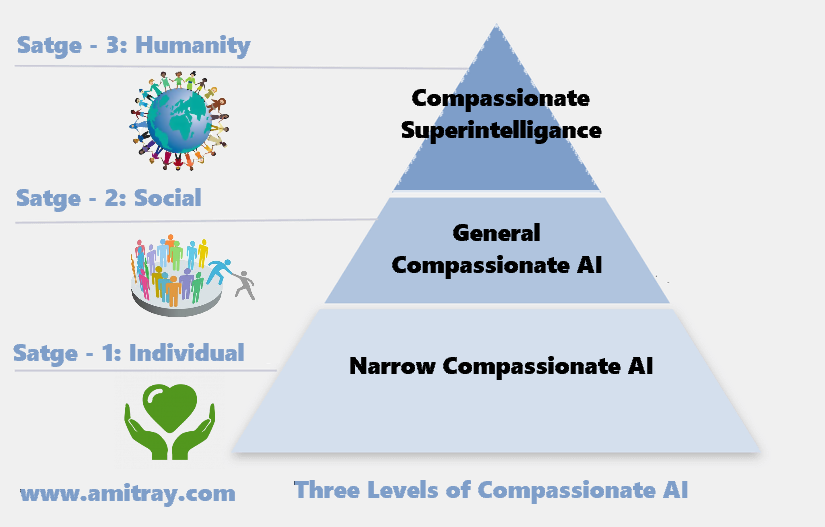

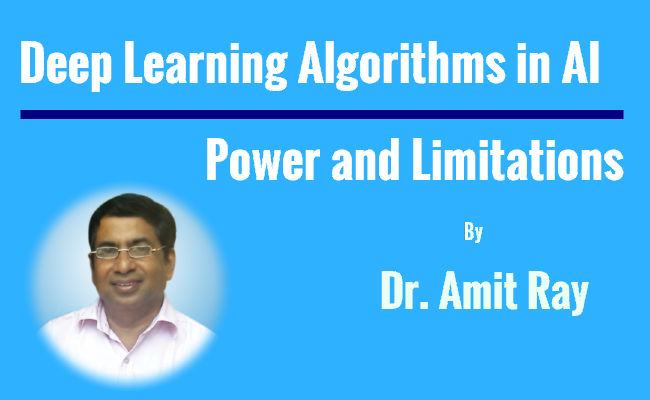

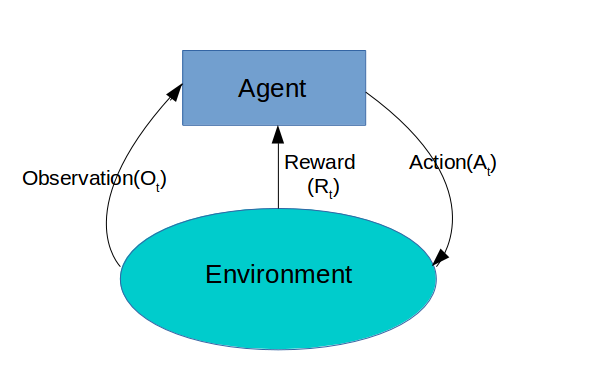 Reinforcement learning algorithms attempt to find the best ways to earn the greatest reward.…
Reinforcement learning algorithms attempt to find the best ways to earn the greatest reward.… 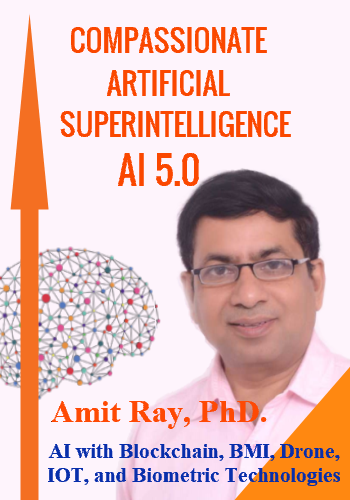 The book defines the concept of Compassionate Artificial Superintelligence AI 5.0. The book explains how the emerging technologies like Internet of things (IoT), Drone, Brain-Computer-Interface, Blockchain, Big data can be used with deep learning and other modern artificial intelligence (AI) architectures for the ultimate level of joint evolution of human and machine superintelligence.
The book defines the concept of Compassionate Artificial Superintelligence AI 5.0. The book explains how the emerging technologies like Internet of things (IoT), Drone, Brain-Computer-Interface, Blockchain, Big data can be used with deep learning and other modern artificial intelligence (AI) architectures for the ultimate level of joint evolution of human and machine superintelligence.